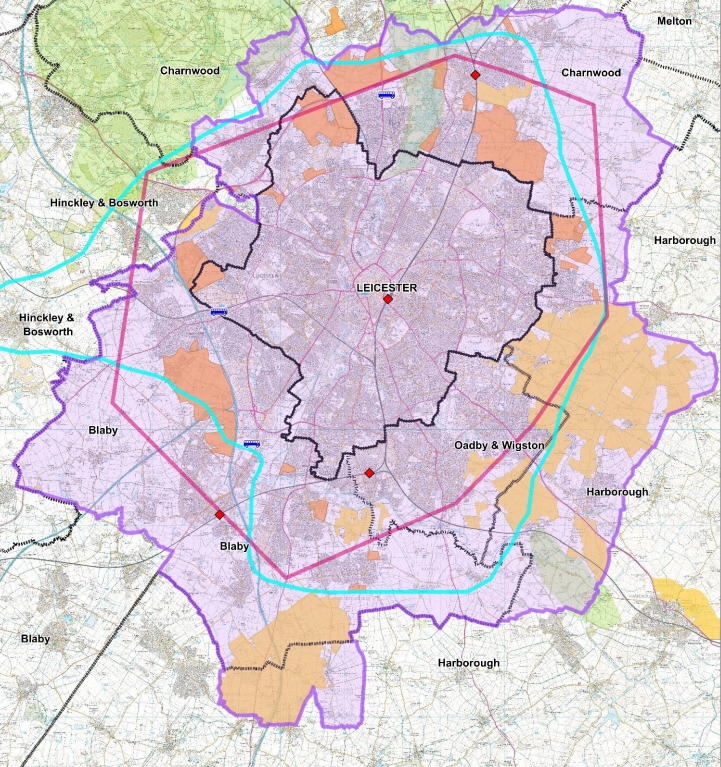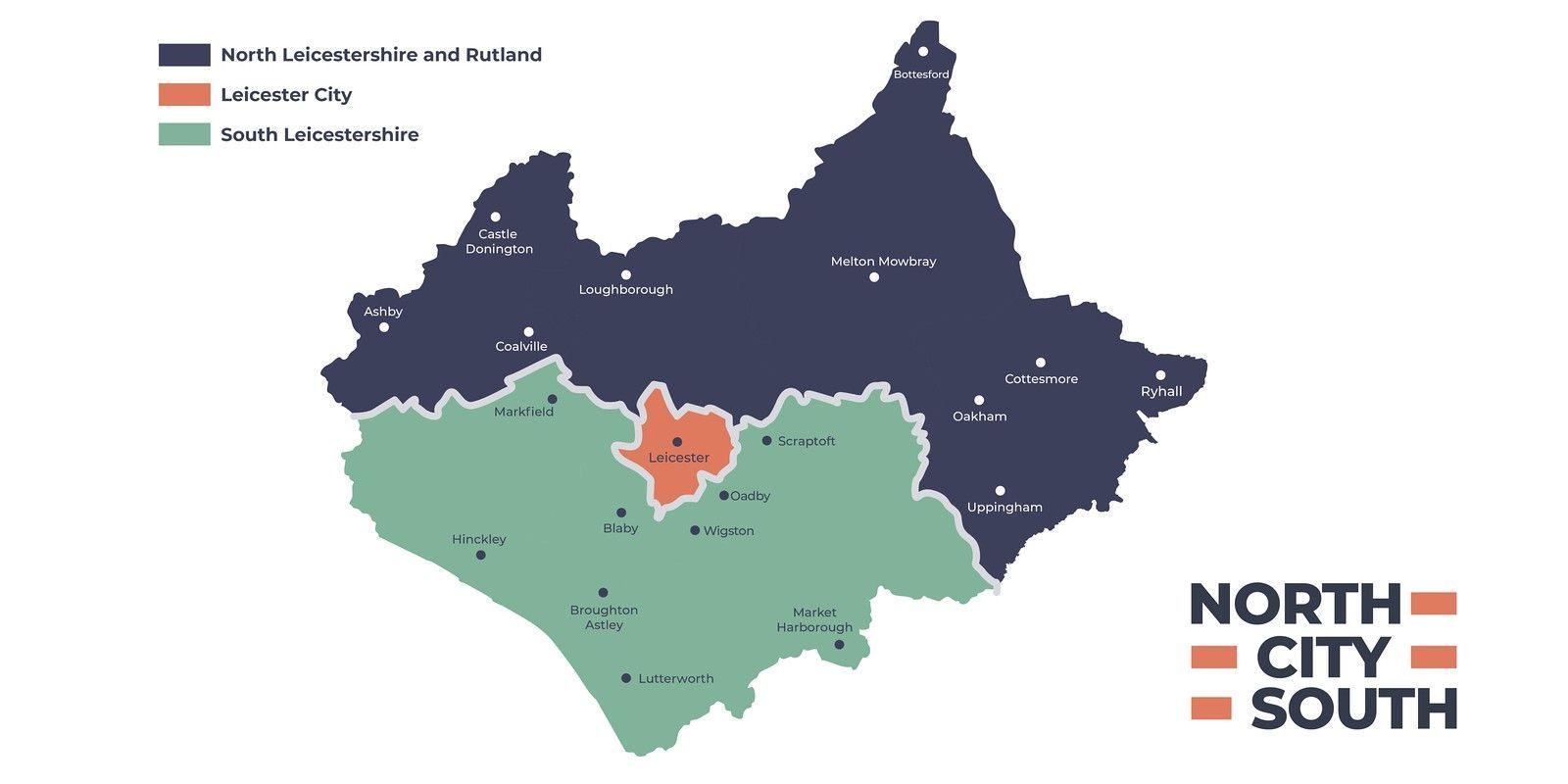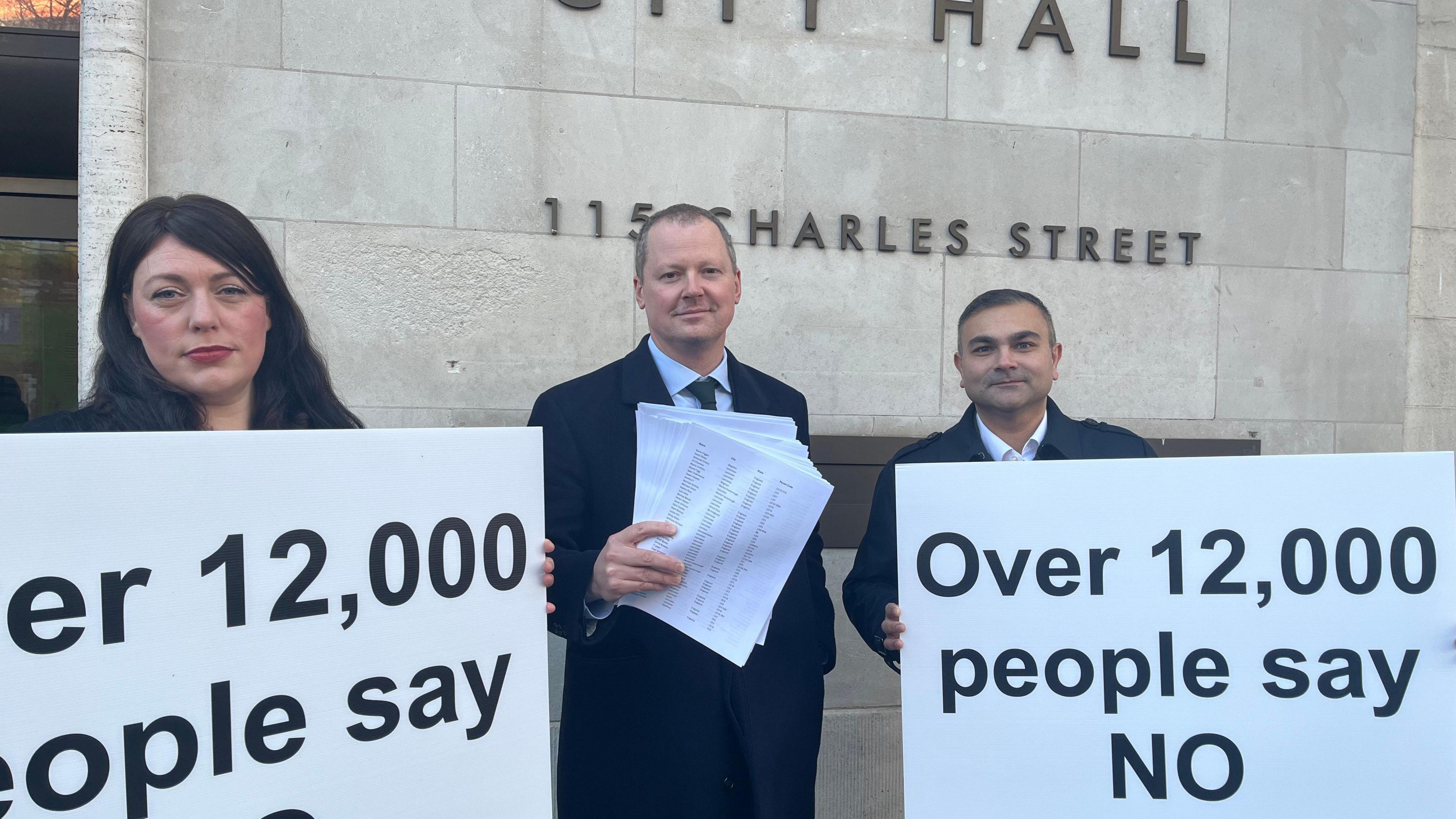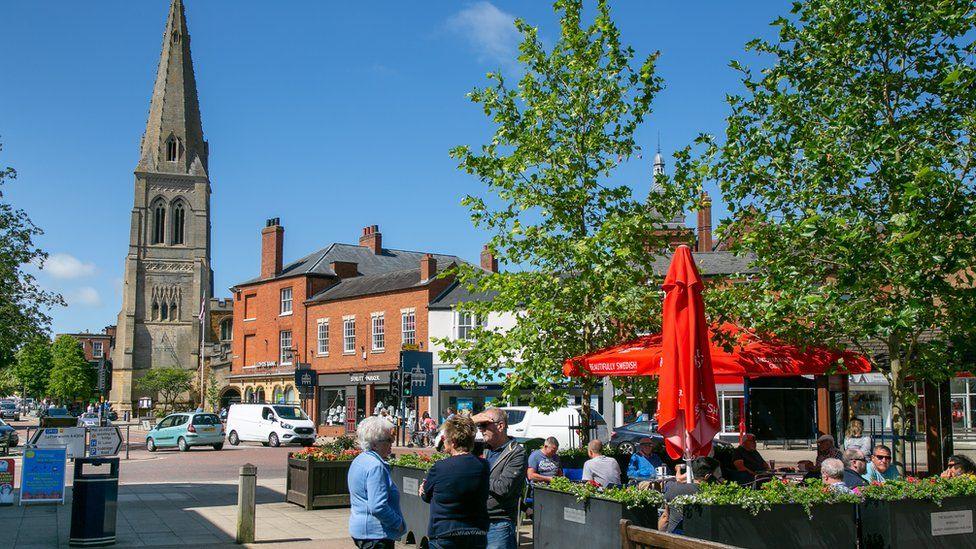What does boundary shake-up mean for our councils?

Politicians have spent months debating boundaries and now a decision rests with the government
- Published
Leicestershire's councils are facing a period of uncertainty as the government considers a radical overhaul of the county's political map.
Currently the county, city and neighbouring Rutland are served by 10 local authorities delivering a range of public services including education, social care, highways, waste collection, planning, housing, and leisure.
However, ministers say they want to streamline local government by creating fewer but larger councils with greater devolved powers.
Leicester City Council, Leicestershire County Council, the county's seven district authorities and Rutland County Council were invited to lodge preferred visions for the future by Friday.
Three rival proposals
The Ministry of Housing, Communities and Local Government (MHCLG) wants to end the existing two-tier council system by creating new, larger, unitary authorities, with populations of about 500,000.
Leicestershire's politicians have spent about 10 months trying to agree a single proposal meeting these guidelines but that has not proved possible.
No agreement has been reached between authorities about whether Leicester City Council's political boundary should be expanded or fixed where it now stands.

The pink-shaded area of the map shows the extent of the proposed new city boundary
The city council itself proposes expanding its current border which has not altered since the 1970s.
If the government backs a proposal by Labour Leicester mayor Sir Peter Soulsby the city's boundary would expand in all directions to take in suburbs, towns and villages currently served by neighbouring district and borough councils.
Areas that would be absorbed by the city include Great Glen, Oadby, Wigston, Blaby, Enderby, Braunstone Town, Glenfield, Anstey, Birstall and Syston.
Leicester currently has a population of about 372,000 but that would grow to 623,000 under the proposal.
The expansion would provide space for the city's estimated future housing need of 30,000 new homes by 2046, the council said.
The city council has also calculated the move would allow £46m of annual efficiency savings for councils across Leicestershire by reducing duplications of services, saving back office costs - allowing the money to be redirected to front line services.
The rest of Leicestershire would fall under a single unitary authority serving rural areas and market towns.

The county council proposes a single authority around Leicester's existing border
Leicestershire County Council also believes there should be two unitary councils covering Leicester, Leicestershire and Rutland.
However, it is opposed to losing any political territory to an expansion of the city council.
Reform UK-led County Hall says its preferred business case would preserve historic borders and create one large council around the city serving some 800,000 residents.
The county council says its proposal would save £40m annually by reducing senior management and back office costs allowing more council tax to be put into services.
Having one large unitary council around the city also avoids splitting up and disrupting the work of existing social care departments, the council said.
The county council argues its model removes any confusion for residents about who delivers their public services.

The district and borough councils say two new authorities should surround the city
Whatever the outcome, the county's district and borough councils are set to be abolished.
They, together with Rutland County Council, are proposing three unitary councils across Leicester, Leicestershire and Rutland and their preferred option is called, North, City, South.
A North Leicestershire and Rutland council would serve the area currently covered by Charnwood borough, North West Leicestershire district, Melton borough and Rutland County Council.
A separate South Leicestershire council would cover the areas of Blaby district, Harborough district, Hinckley and Bosworth borough and Oadby and Wigston borough councils.
The district leaders said their plan would create three equally balanced councils, each serving about 400,000 people, delivering economic growth, and saving £44m in efficiencies.
What happens next?
Ministers now have the job of choosing which, if any of the three proposals, they will implement in Leicester, Leicestershire and Rutland.
It is expected the government will hold a statutory consultation early in 2026 asking for further input from the councils, the public and other organisations.
A decision is expected before the parliamentary summer recess in July 2026.
Elections could be held for the new shadow authorities in May 2027 with the councils coming into effect in 2028.
Get in touch
Tell us which stories we should cover in Leicester
Follow BBC Leicester on Facebook, external, on X, external, or on Instagram, external. Send your story ideas to eastmidsnews@bbc.co.uk, external or via WhatsApp, external on 0808 100 2210.
Related topics
- Published6 days ago

- Published18 November

- Published13 November

- Published5 November

- Published11 November

- Published5 September

- Published30 July
